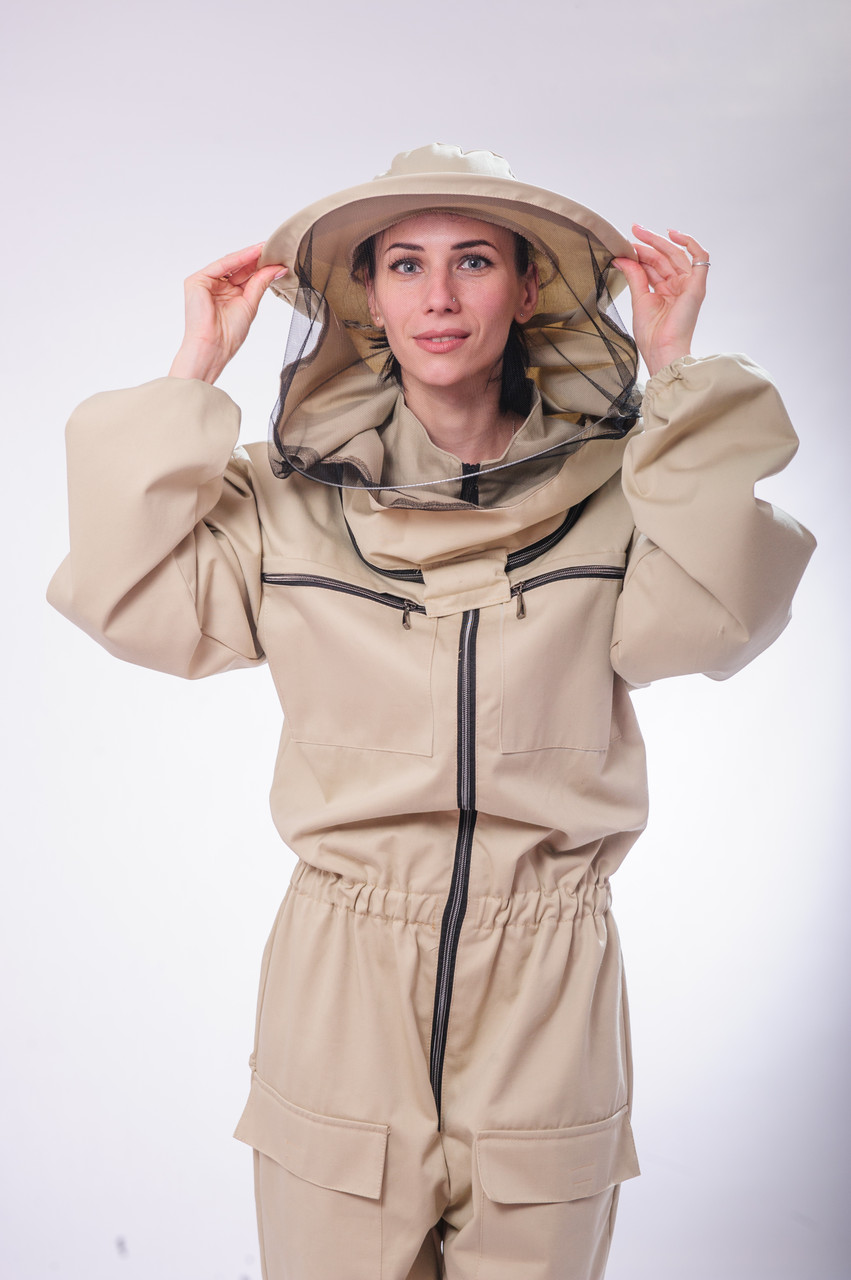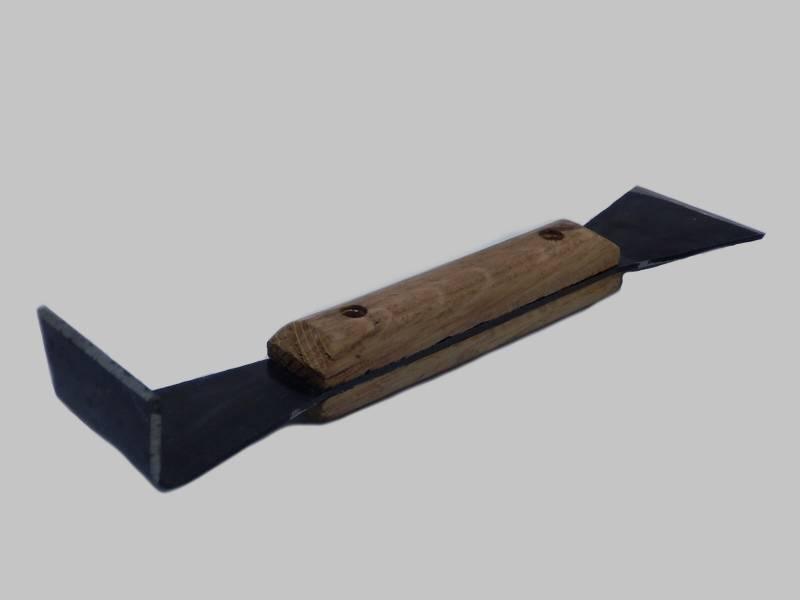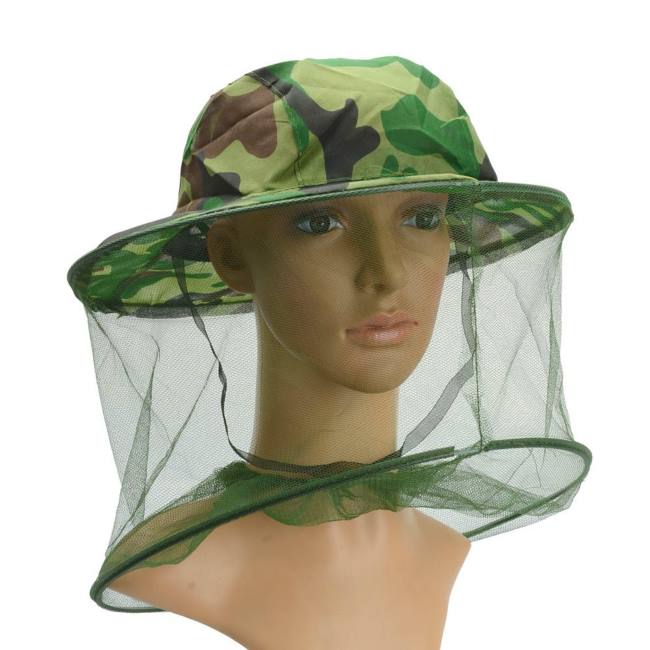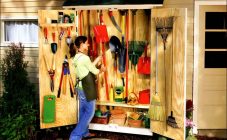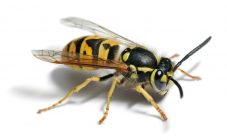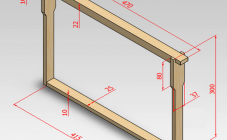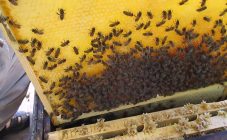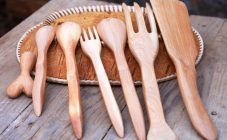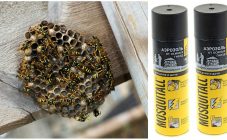Content:
Work in the apiary is impossible without protective clothing, these are: overalls, raincoat, jacket. In addition to ensuring safety, any attribute of the protective wardrobe of the bee farm owner must be of high quality and convenient.
Beekeeper mask
The beekeeper's mask is an indispensable attribute in the beekeeper's outfit. In most cases, it is made of ordinary colorful chintz; for the front part and in a circle, it is ideally trimmed with black mesh material, thanks to which the mask looks like a veil. Black makes it possible to see better, as any other colors (white, green) of the grid will significantly complicate the workflow.
In addition to the chintz version, they use a front mesh and a metal one. There are also ready-made nets that are attached to special hats.
Features of clothes for a beekeeper
At the moment, the market abounds in various clothes for the beekeeper, you can choose any one according to individual configuration, to your taste and color. A beekeeper's suit includes the following components of a protective outfit:
- mask;
- gloves;
- jacket;
- overalls;
- hat.
The main features of the component parts of the beekeeper suit:
- each attribute of protection is made of durable fabric that perfectly protects against bee attacks;
- the inner layer of the products is made of a special material that allows the skin to breathe;
- when working with a smoker, fiery sparks are not dangerous to the suit;
- the outfit has a water-repellent property, which is very useful, since, performing actions on the street, you can often find yourself in the rain.
Overalls
The beekeeper's overalls are in most cases one-piece, with a zipper located in front. They sew it from a durable double-thread linen fabric. To ensure a tight fit of the jumpsuit to the body, elastic bands are provided at the waist and in the cuffs. Overalls may differ in appearance and cut.
Hat
The beekeeper's hat is an integral part of the beekeeper's costume. Basically it is sewn from chintz (it is light and "breathable"), the color does not matter. Depending on the model, a protective mesh is either sewn or attached to the hat. A beekeeper's hat can be easily sewn at home; in this case, very little material and mesh are required.
Gloves
For work in the apiary, special beekeeper gloves are provided. They are made of soft leather or synthetic substitute. Gloves are complemented by a long sleeve, at the end of which there is an elastic band, which contributes to a snug fit and durability. There are also special rubber gloves, if not, you can use ordinary household gloves made of durable fabrics or tarpaulins. They must be smooth.
Homemade and beekeeper devices
House
A beekeeper's house is a necessary structure in beekeeping. In it you can hide yourself (from the sun, from the rain), and the inventory will be where to put. Depending on the possibilities, you can build a caravan yourself or use trailers that can be easily equipped inside.Also, the beekeeper's house can be made of wood: small, cozy and durable.
DIY chisel
What is a beekeeper chisel? People who have no connection with beekeeping are probably unfamiliar with this concept. A chisel for a beekeeper is an essential tool, without it it is quite difficult to inspect the hives, to open and raise the frames. In addition, using a chisel, you can:
- clean the trays, walls of the hives from propolis and wax;
- disconnect one hive body from another;
- open / close the doors of the taphole;
- detach the bottom in the hive of the removable model;
- scrape off old paint.
This is not a complete list of actions.
The chisel is a simple design - a narrow strip of strong metal (steel, zinc, stainless steel), expanded at the ends, in the middle of which is a wooden or plastic handle (from two overlays). One of the widened ends is sharply sharpened, the other is bent at an angle and sharpened only on one side. Chisel weight - 150-200 g.
To make a beekeeper's chisel with your own hands, sketch out preliminary drawings so that the tool is made according to all the rules, according to the optimal sizes:
- length - 200 mm;
- height - 26 mm;
- width - 45 mm;
- cutting edge width - 45 mm;
- blade thickness - 2.5-3 mm;
- width of the folded part - 24 mm;
- turning angle - 85 degrees.
For a homemade chisel, you will need a steel plate (strip) corresponding to the size, 2 wooden or plastic pads to create a handle. The pen pads can be made in different thicknesses, depending on the personal preference of the beekeeper. Optimally - no thicker than 1 cm for each. One edge of the iron bar with a hammer is bent at the required angle, grinded. The second one remains flat and is sharpened if there is special equipment. The handles are attached with self-tapping screws.
Divider for frames
This is a fairly simple device that makes life much easier for the beekeeper. With the help of this attribute, the frames in the hive are divided and kept in a motionless state at a certain distance from each other for the required amount of time.
In order to make such a design yourself, you need a strip of metal. Markings of 10-13 cm are marked on it with a selected distance. Bends are made along the marks, forming, as it were, the letters "P" going one after another. Frames are inserted into these obtained recesses, where they are securely fixed.
Smoker
It is the main tool for pacifying and calming bees. With its help, you can fumigate bees with special medicinal means.
You can do it yourself, the main thing is – find the elements you need:
- Two cylinders: one larger, the other smaller, the smaller one should fit comfortably into the larger one. Diameter - 10 cm, height - up to 25 cm.
- Many holes are punched at the bottom of the inner cylinder and a little on the sides.
- Metal rods are welded to the inner cylinder, forming a kind of support legs (it is great if there is a suitable cylinder with a ready-made support). These legs form the required space at the bottom, which will be responsible for the air supply. The ideal space is 2-4 cm.
- A small hole and fastening for bellows are made in the case.
- The lid is made in the form of a proboscis: the bottom - in the form of a cylinder, up - an easy transition to the watering can. The cover fits snugly to the body, there should be no gaps.
- To prevent the appearance of sparks from the device, a metal plate is installed inside the cover.
- For furs, you will need 2 planks, a piece of leather (zama leather) and a reverse spring. You can use a stapler for stapling.
- To install bellows on the body of the smoker, it is necessary to provide an opening for air supply.
Protective clothing items
Mesh mask
The mask is a particularly important piece of clothing in beekeeping, as the face requires increased protection. The main element of the mask is the mesh. You can buy it in specialized stores or make it yourself from black tulle.Particular attention should be paid to "holes" - they should not be large, otherwise bees will be able to fly in, and transparency - the best option for good visibility is chosen.
To create a mesh beekeeper mask, an old hat with a wide brim will do. A mesh is attached to it with small steel rings so that it does not stick to the face - this is fraught with bites. Steel rings are also attached to the bottom of the net for added weight. A dense piece of fabric is sewn to the bottom of the net, equipped with a rope or elastic band for tightening around the neck so that the bees do not get in.
Jumpsuit (jacket pants), gloves
The market offers a huge amount of protective clothing for the beekeeper, but the prices are relatively high. If there is no desire to spend money, you can get by with improvised means.
Clothes and gloves can be sewn independently if you have the skills of sewing and cutting, or you can choose from the options available. The main thing is to take into account that bees are sympathetic to the "hairy", fleecy and dark fabric, therefore, to work with the apiary, it is necessary to choose the lightest colors and the smoothest materials.
There should be no holes or holes. The sleeves should be fitted with a tightening rope or elastic band.
Gloves should be comfortable, tight-fitting hands, in the wrist, they should go into the sleeve.
In beekeeping, you can do almost every tool, make a design yourself, this will require only some effort. Having imagination, you can automate the entire apiary as a whole as much as possible, thereby greatly facilitating the work on it.
